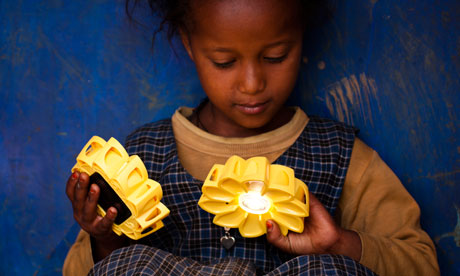I was struck reading this article in the Guardian yesterday by developments around a fraudulent bomb detector used by the Iraqi government, called the ADE 651 (along with the ADE 101 and ADE 650). I first read about the ADE 651 in 2009, in an article in the The New York Times which described how Iraqi officials swore by a device that “United States military and technical experts say is useless”. It’s inventor, British businessman James McCormick, built the devices around novelty golf-ball finders, selling them for up to $40,000 each, the Guardian reports. He has now been charged with three counts of fraud.
Ben Goldacre, Guardian writer and author of the book ‘Bad Science’, also blogged about it at the time. He pointed to an amusing anecdote in The New York Times piece:
General Jabiri, meanwhile, challenged an NYT reporter to test the ADE 651, placing a grenade and a machine pistol in plain view in his office. Every time a policeman used it, the wand pointed at the explosives. Every time the reporter used the device, it failed to detect anything. “You need more training,” said the general.
I captured the screenshot below of the website promoting the ADE 651 (www.ade651.com) in 2009, which has since been taken down.




